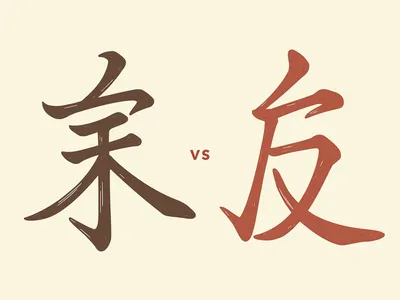
What are the key differences between character-focused and word-focused instruction in learning Chinese
The key differences between character-focused and word-focused instruction in learning Chinese lie in their emphasis, methodology, and outcomes, particularly in how they approach the unique structure of the Chinese writing system.
Character-Focused Instruction
- Focus on Subword Units: This approach emphasizes the learning of individual characters, which are the building blocks of Chinese words. It highlights the systematic structure of characters, including their orthography (form), phonology (sound), and semantics (meaning) 1, 3.
- Benefits:
- Enhances understanding of the internal structure of characters, such as radicals and components, which can aid in learning new characters and words by recognizing patterns 1, 5.
- Facilitates transfer learning, as knowledge of individual characters can be applied to decipher new words 1.
- Develops deeper orthographic awareness, which is crucial for mastering the non-phonetic nature of Chinese 5.
- Challenges:
- May require more time initially to develop familiarity with a large number of characters.
- The connection between characters and their use in context may not be immediately clear.
Word-Focused Instruction
- Focus on Whole Words: This method prioritizes learning complete words and their direct meanings, often mapping them to equivalent words in the learner’s first language 3.
- Benefits:
- Provides learners with immediate functional vocabulary for communication.
- Simplifies the learning process by focusing on practical usage rather than dissecting characters into components.
- Challenges:
Comparative Outcomes
- Research suggests that while word-focused instruction is effective for teaching pronunciation and meaning at the word level, character-focused instruction offers significant advantages in character recognition, pronunciation, and the ability to generalize knowledge to new words 1, 3.
- A dual-focus approach that combines both methods has been shown to outperform traditional word-focused instruction by leveraging the strengths of both strategies. This approach teaches characters for their pronunciation and systematic structure while using whole words to convey meaning 1.
In summary, character-focused instruction builds a foundational understanding of the Chinese writing system’s structure, fostering long-term benefits in literacy skills. In contrast, word-focused instruction emphasizes immediate practical vocabulary acquisition but may limit deeper linguistic insights. A combined or dual-focus approach appears to be the most effective for comprehensive learning outcomes.
References
-
Learning Chinese as a Second Language: Implications of the Character-Word Dual Function Model
-
A Concept-based Approach to the Instruction of the Chinese ba-construction
-
Reading Patterns in L2 Dyslexic Italian Learners of Chinese: An Eye Tracking Perspective
-
Understanding the Complexities of Chinese Word Acquisition within an Online Learning Platform
-
Intercultural Comparison of E-Learning Behaviors of Chinese vs. American Students
-
A Natural Language Processing Method of Chinese Instruction for Multi-legged Manipulating Robot